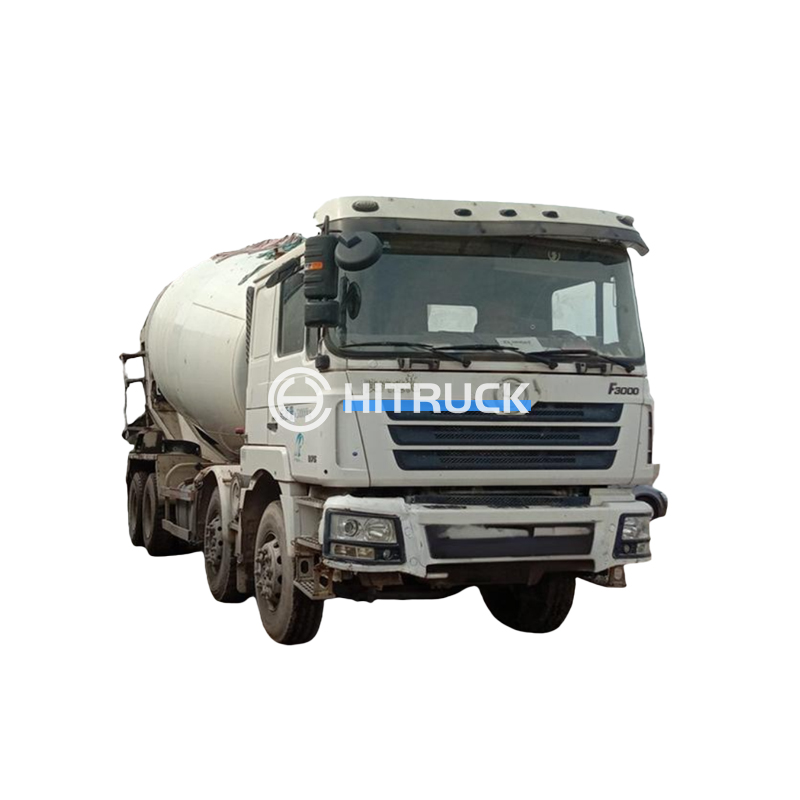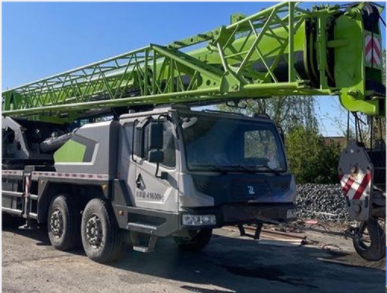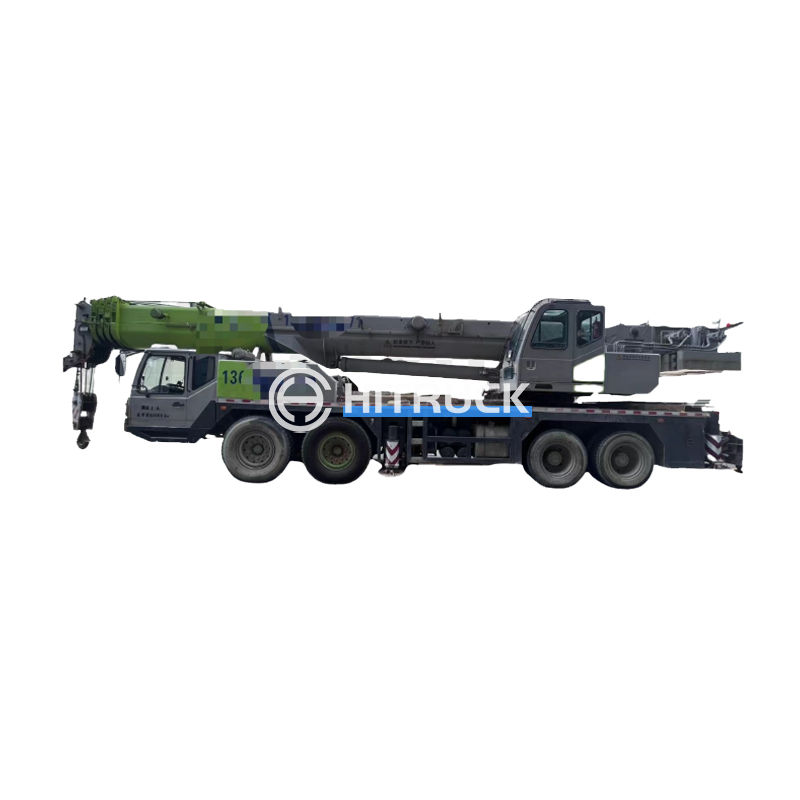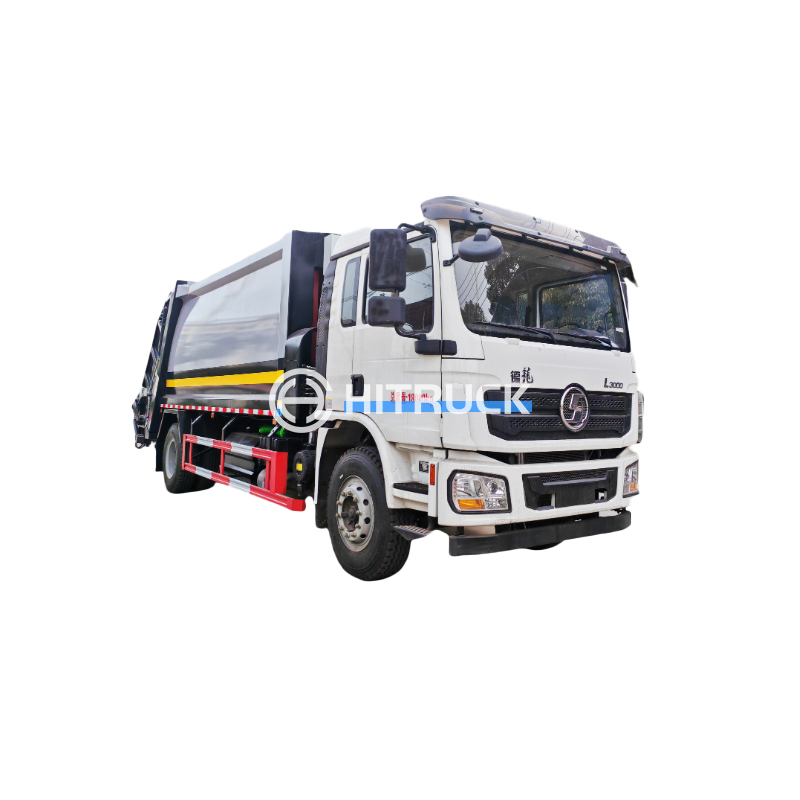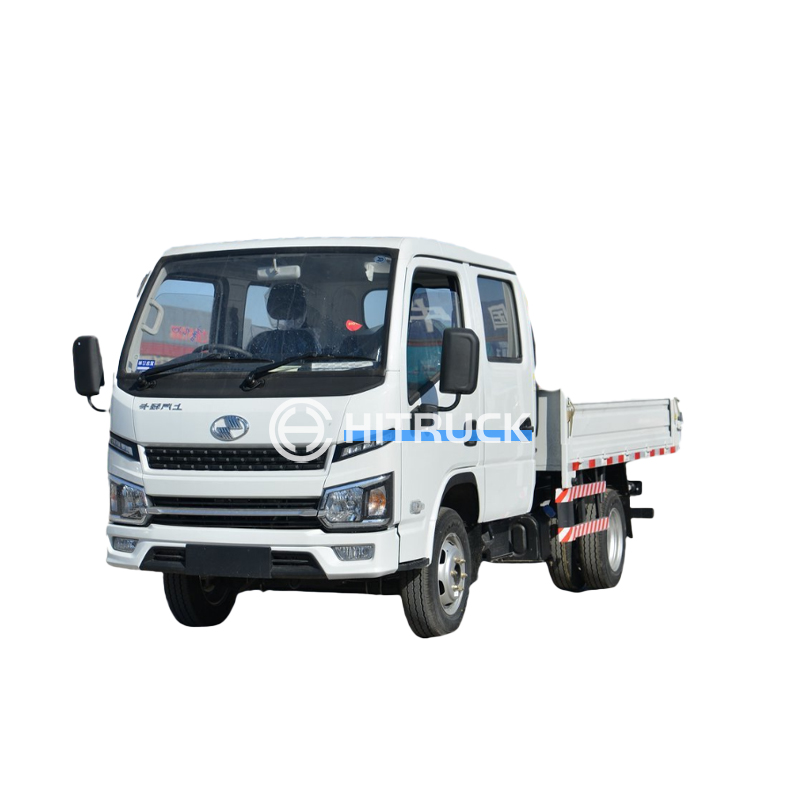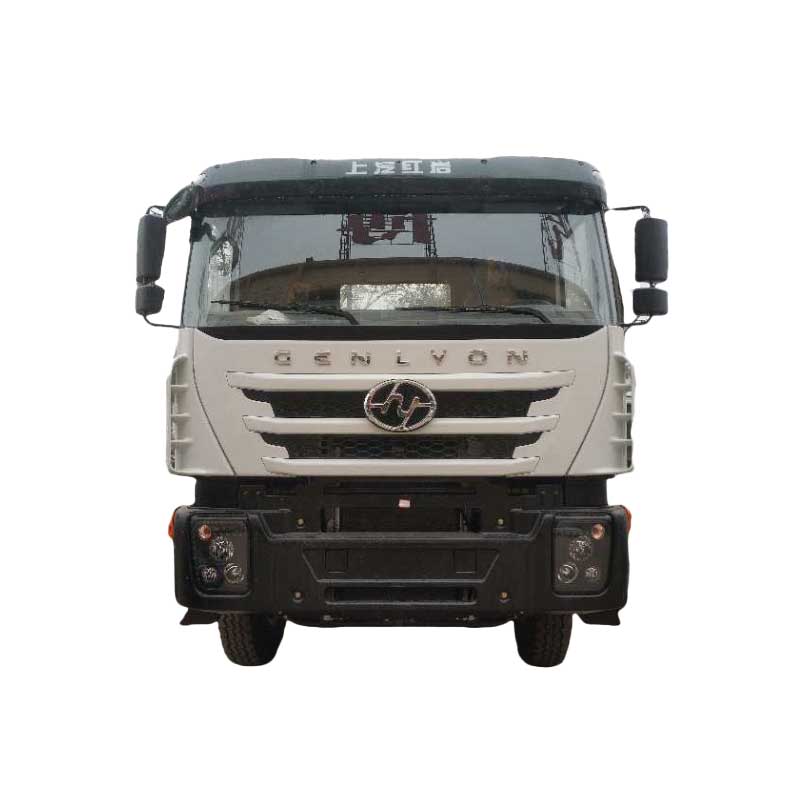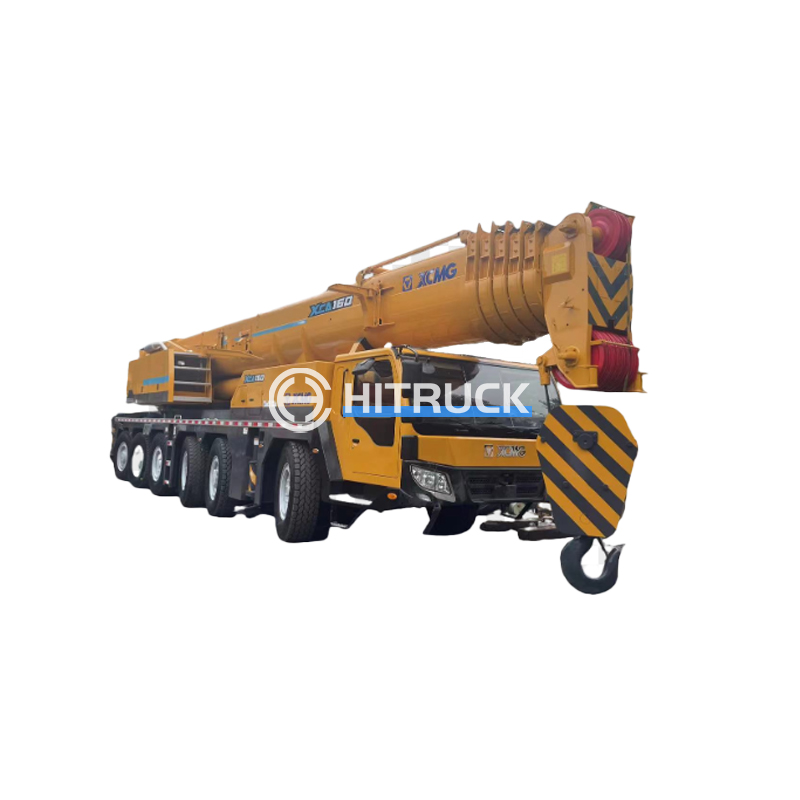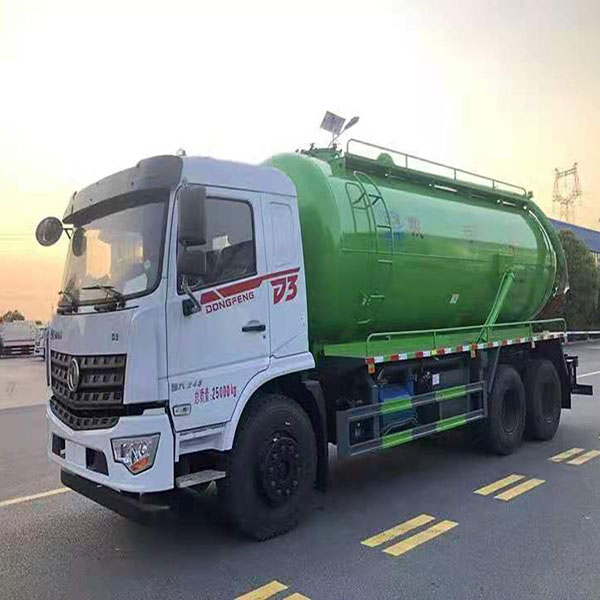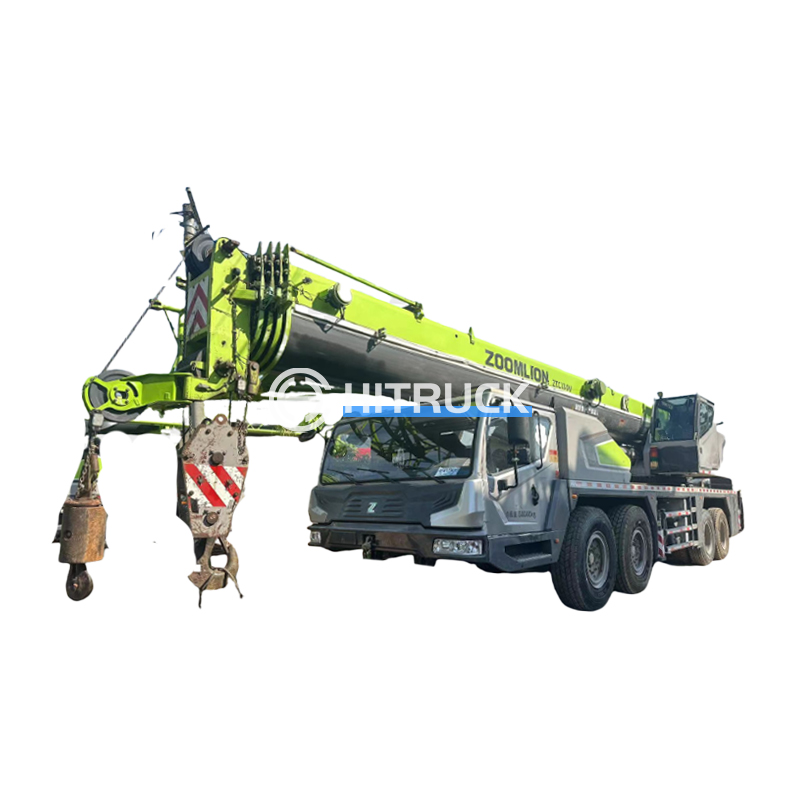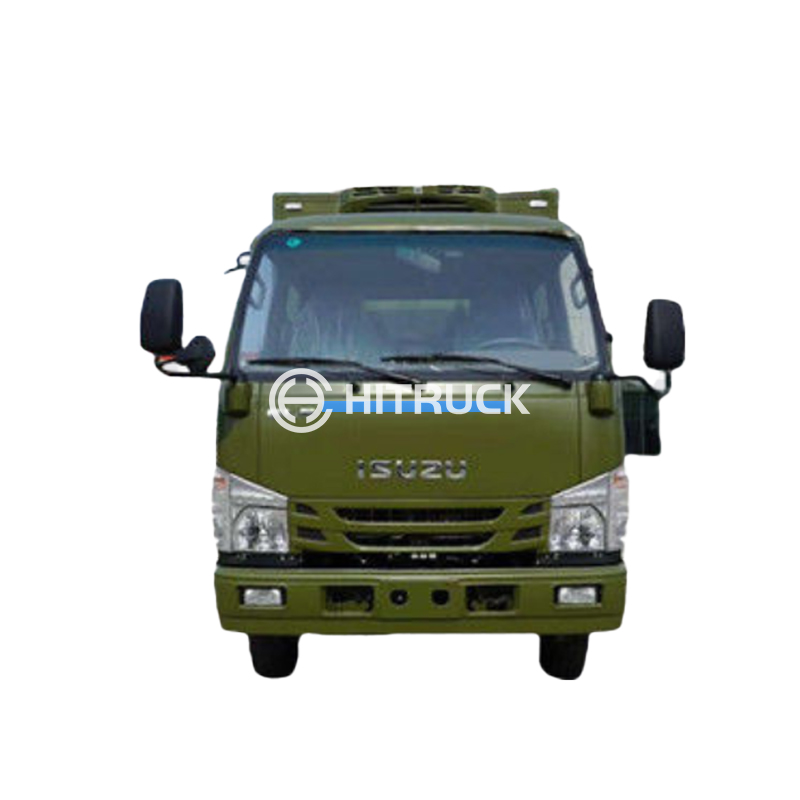This guide provides a detailed overview of 7 ton overhead cranes, covering their types, specifications, applications, safety considerations, and maintenance. Learn about selecting the right crane for your needs and ensuring safe operation. We'll explore various aspects, from capacity and lifting height to control systems and compliance regulations.
Single girder 7 ton overhead cranes are a cost-effective solution for lighter loads and shorter spans. They are simpler in design and require less headroom than double girder cranes. Their suitability depends heavily on the specific application and the nature of the materials being lifted. While offering a good balance between cost and capability for certain jobs, it's crucial to assess if a single girder design can handle the anticipated stresses and loads in your operation.
Double girder 7 ton overhead cranes offer greater lifting capacity and span capabilities compared to single girder cranes. This makes them ideal for heavier loads and wider work areas. The added structural support provides increased stability and durability, making them suitable for demanding industrial environments. Consider the long-term benefits and the safety implications when choosing between the two designs.
Variations exist within these categories, including customizations such as different hoist types (electric chain hoists, wire rope hoists), control systems ( pendant, radio remote), and specialized features for specific industries. Always consult with a qualified crane supplier to determine the best configuration for your specific requirements.
When selecting a 7 ton overhead crane, several key specifications must be considered:
| Specification | Description |
|---|---|
| Lifting Capacity | 7 tons (this can vary slightly depending on the manufacturer and model) |
| Span | The distance between the crane's runway beams (varies greatly depending on the application) |
| Lifting Height | The vertical distance the hook can travel (customized to fit specific building height requirements) |
| Hoist Type | Electric chain hoist or wire rope hoist (each has advantages and disadvantages) |
| Control System | Pendant control, radio remote control, or cabin control (choose based on ergonomics and safety requirements) |
Regular maintenance and adherence to safety regulations are crucial for preventing accidents. This includes periodic inspections, lubrication, and operator training. Compliance with relevant industry standards and regulations is paramount. Ignoring these aspects can lead to significant risks and costly downtime. OSHA provides valuable resources on crane safety.
7 ton overhead cranes find applications across various industries, including manufacturing, warehousing, construction, and more. They are used for lifting and moving heavy materials, machinery, and equipment. The specific application will influence the selection of the appropriate crane type and specifications. For example, a manufacturing plant might require a heavier duty crane with specific lifting capabilities while a warehouse might need a crane suitable for simpler lifting and transporting processes.
Selecting a reputable supplier is crucial. Look for companies with a proven track record, a commitment to safety, and the ability to provide comprehensive support and maintenance. Consider factors such as experience, certifications, and customer reviews when making your decision. For heavy-duty lifting equipment needs, consider exploring options from reputable providers such as those featured on platforms like Hitruckmall. This ensures you get a robust and reliable solution for your 7 ton overhead crane needs.

